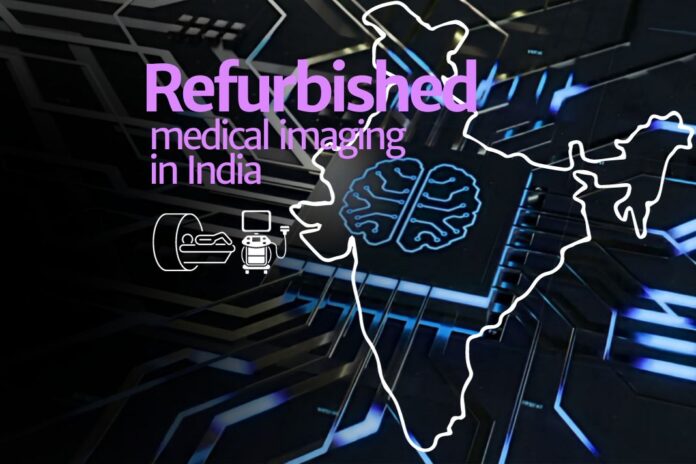In the ever-evolving world of healthcare, the purchase of radiology equipment is a significant investment. Whether you’re a seasoned healthcare professional or a novice in the field, avoiding common pitfalls is essential to making informed decisions. This guide unveils the common mistakes that buyers should steer clear of when purchasing radiology equipment.
1. Neglecting a Needs Assessment
Pitfall: Rushing into a purchase without conducting a thorough needs assessment.
Solution: Before even looking at equipment options, assess your facility’s unique needs. Consider factors such as patient volume, imaging requirements, and available space. This assessment sets the stage for a well-informed purchase.
2. Underestimating the Importance of Vendor Research
Pitfall: Failing to research and select reputable vendors.
Solution: Take the time to thoroughly research potential vendors. Consider their reputation, customer reviews, and certifications. Building a strong partnership with a reliable vendor is crucial for ongoing support and maintenance.
3. Ignoring Future Compatibility
Pitfall: Purchasing equipment without considering future technology compatibility.
Solution: Radiology equipment is a long-term investment. Ensure the equipment you select has the potential for future upgrades and compatibility with emerging technologies to extend its lifespan and usefulness.
4. Overlooking the Total Cost of Ownership
Pitfall: Focusing only on the upfront purchase cost.
Solution: Calculate the total cost of ownership (TCO), which includes not just the purchase price but also ongoing costs like maintenance, service contracts, and potential upgrades. Understanding the TCO gives you a more accurate budget picture.
5. Skipping Quality and Certification Checks
Pitfall: Overlooking quality standards and certifications.
Solution: Verify that the equipment meets necessary quality standards and certifications such as FDA approval, CE marking, and ISO compliance. These ensure that the equipment is safe and effective.
6. Neglecting Maintenance and Service
Pitfall: Failing to plan for ongoing maintenance and service.
Solution: Radiology equipment requires regular maintenance and servicing to ensure its longevity and reliability. Include a maintenance plan in your budget and choose reliable service providers.
7. Impulsive Decisions on New vs. Used Equipment
Pitfall: Making impulsive decisions on whether to buy new or used equipment.
Solution: Carefully weigh the pros and cons of new vs. used equipment. Used equipment can offer cost savings, but it’s essential to assess the equipment’s condition and history thoroughly.
8. Disregarding Future Trends
Pitfall: Not considering future trends in radiology technology.
Solution: Stay informed about emerging technologies and trends in radiology. Understanding how these trends might impact your equipment can help you make forward-looking decisions.
Conclusion
Purchasing radiology equipment is a significant decision in the world of healthcare. By avoiding common pitfalls such as neglecting needs assessments, vendor research, future compatibility, TCO analysis, quality checks, maintenance planning, and impulsive decisions, you can make an informed purchase that benefits your facility and patients for years to come. Remember, the path to successful radiology equipment acquisition is marked by careful consideration and informed choices.










